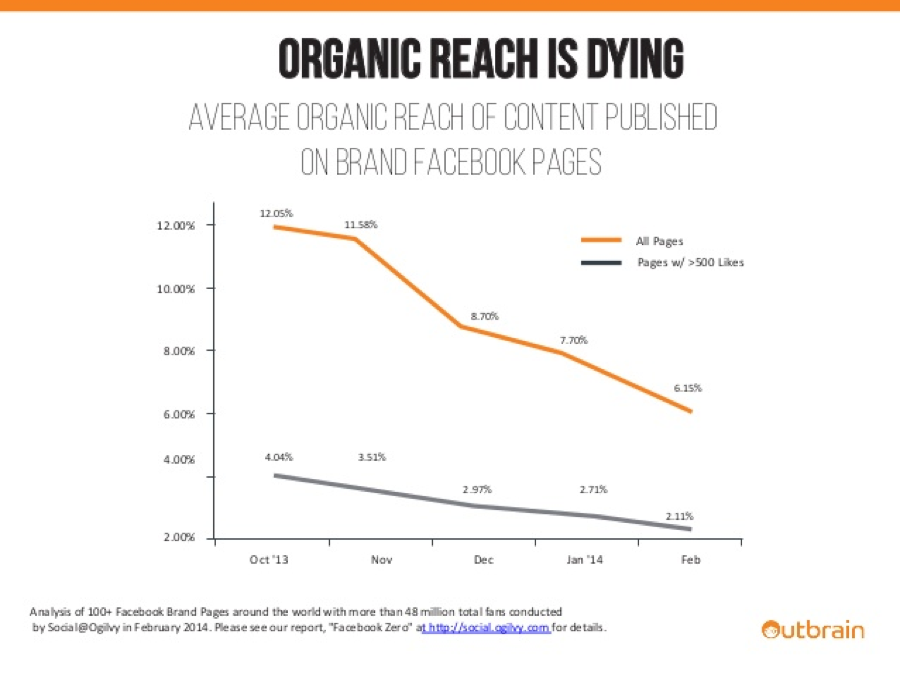“Think about what people are doing on Facebook today. They’re keeping up with their friends and family, but they’re also building an image and identity for themselves, which in a sense is their brand. They’re connecting with the audience that they want to connect to. It’s almost a disadvantage if you’re not on it now.”
–Mark Zuckerberg, CEO of Facebook
When Zuckerberg remarks that “it’s almost a disadvantage” not to be on Facebook, he’s guilty of gross understatement. The real problem, in fact, is that Facebook isn’t always a very friendly marketing environment (despite their own claims to the contrary). I’d go so far as to say that Facebook presents two very different personas to the marketer: a nice Dr. Jekyll side and a quite scary Mr. Hydeside.
“The Strange Case of Dr. Jekyll and Mr. Hyde” is the original title of a novella written by Robert Louis Stevenson that was first published in 1886. It has become a part of the modern language, with the very phrase “Jekyll and Hyde” coming to mean a person who is vastly different in moral character from one situation to the next.
The Dr. Jekyll side is Facebook’s “sunny” persona — an engaging social network with billions of users, excellent analytics and marketing tools, plus an ultra-easy self-serve model that makes it possible to spend just a few dollars — perhaps $10 to $25 a day — to move your business forward.
Facebook’s darker, more malicious “Mr. Hyde” side was only revealed recently. This side brutally forces you to “pay to play” using its ad system, or face invisibility trying to communicate with your fans and followers organically.
You cannot blame Facebook. They’re in business to make money. In fact, Mark has done a much better job monetizing the platform than Twitter, which recently let go of eight percent of its workforce, mostly engineers.
The Death of Facebook Organic Reach
It wasn’t always so bad. Once upon a time (as recently as two years ago) getting your message out on Facebook organically was easy and inexpensive. Facebook worked a bit like the Web: even if you didn’t pay a toll, your content would still be visible. In other words, you enjoyed some measure of “organic reach.”
Organic reach was something that brands took for granted because they thought they’d earned it. After all, hadn’t they put Facebook’s big blue icon on their TV, print, transit and billboard ads? Weren’t they helping Facebook (which makes virtually no content of its own) when their teams cranked out social content for the service each day? Hadn’t brands earned a right to distribute their wonderful branded content using Facebook’s free pipes?
No, they hadn’t. In reality, earned media is not really earned. It’s rented… and susceptible to each platform’s terms of service and algorithm.
In November 2014, Facebook lowered the boom on brand content and what it called overly “promotional” posts when it announced on its official blog that, “According to people we surveyed, there are some consistent traits that make organic posts feel too promotional:
- Posts that solely push people to buy a product or install an app
- Posts that push people to enter promotions and sweepstakes with no real context
- Posts that reuse the exact same content from ads”

And so it was done. It was the final blow to an already decreasing organic reach on Facebook.
Marketers — bad ones and good ones alike — saw their organic reaches shrink to a fraction of their former selves. Subsequent research by Ogilvy reported that “large brands’ Facebook posts reached just two percent of their fans (a number that was falling by .5 percent per month). More research by Forrester showed that “on average, only .07 percent of top brands’ Facebook fans interact with each of their posts.”
Taking Facebook’s Good Along With the Bad
The good old days of Facebook are gone — and they are not coming back.
If there’s a silver lining in Facebook’s rampage against promotional posts, it’s this: it drove many “huckster-style” marketers away from Facebook, creating more space for smart marketers to reach out using less intrusive tactics. Facebook has also introduced various really cool advertising tools, with reach and targeting capabilities unmatched by any other social network.
But there’s no question that the algorithm change made it more difficult for every brand lacking an unlimited social media budget to break through without buying clicks. Facebook’s change didn’t obviate the need for marketers to build compelling pages, create high-quality content, or otherwise engage with the service in an organic way. Free, organic visibility is still important on Facebook. But it added a new burden: the necessity to buy eyeballs — in as efficient and targeted a way as possible — or yield ground to competitors and become irrelevant. In today’s media environment, invisibility is a fate much worse than failure for any business large or small. Like it or not, every business needs to be on Facebook to remain relevant. But being on Facebook is just not good enough anymore. You need to learn how to use Facebook advertising tools effectively.
This post was written in collaboration with Peg Samuel, NYU social media prof, and Steve Baldwin, and originally featured in our Amazon bestselling Kindle book, Facebook Marketing Like I’m 5: The Ultimate Beginner’s Guide to Mastering Facebook Advertising Tools, Fan Growth Strategies, and Analytics.













